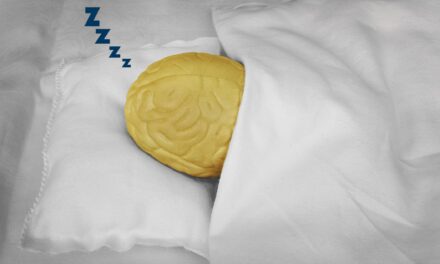Zebrafish show two patterns of neuronal activity as they sleep, and these patterns are analogous to rapid eye movement (REM) — or ‘dream sleep’ — and non-REM sleep in people, reports Spectrum.
The findings suggest the fish could be used as models to study how sleep is altered in autistic people.
Zebrafish are often used in neuroscience research because their nervous systems and genetics are similar to those of people. And young zebrafish have transparent bodies, enabling researchers to see the fish’s neurons.
Zebrafish look like they sleep: They become almost still and are relatively unresponsive to external stimuli. But no one had measured their brains or muscle activity during this state.




